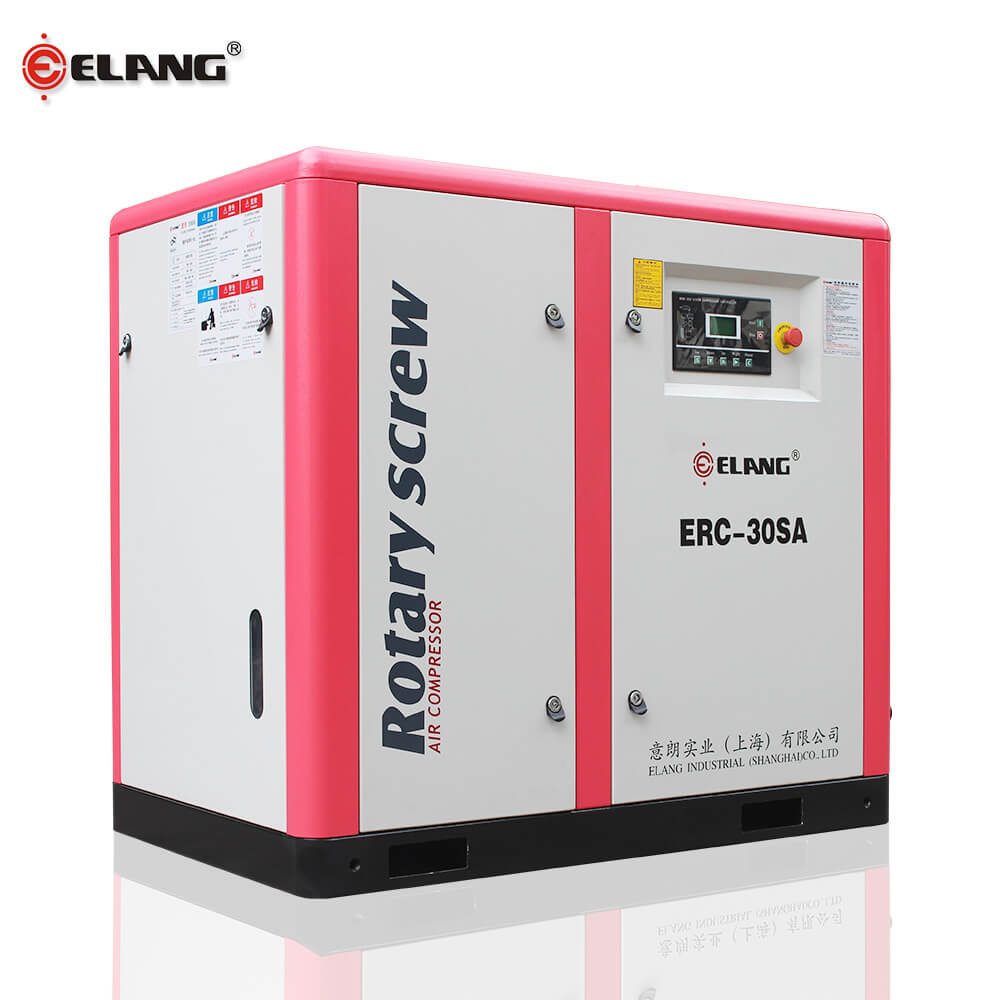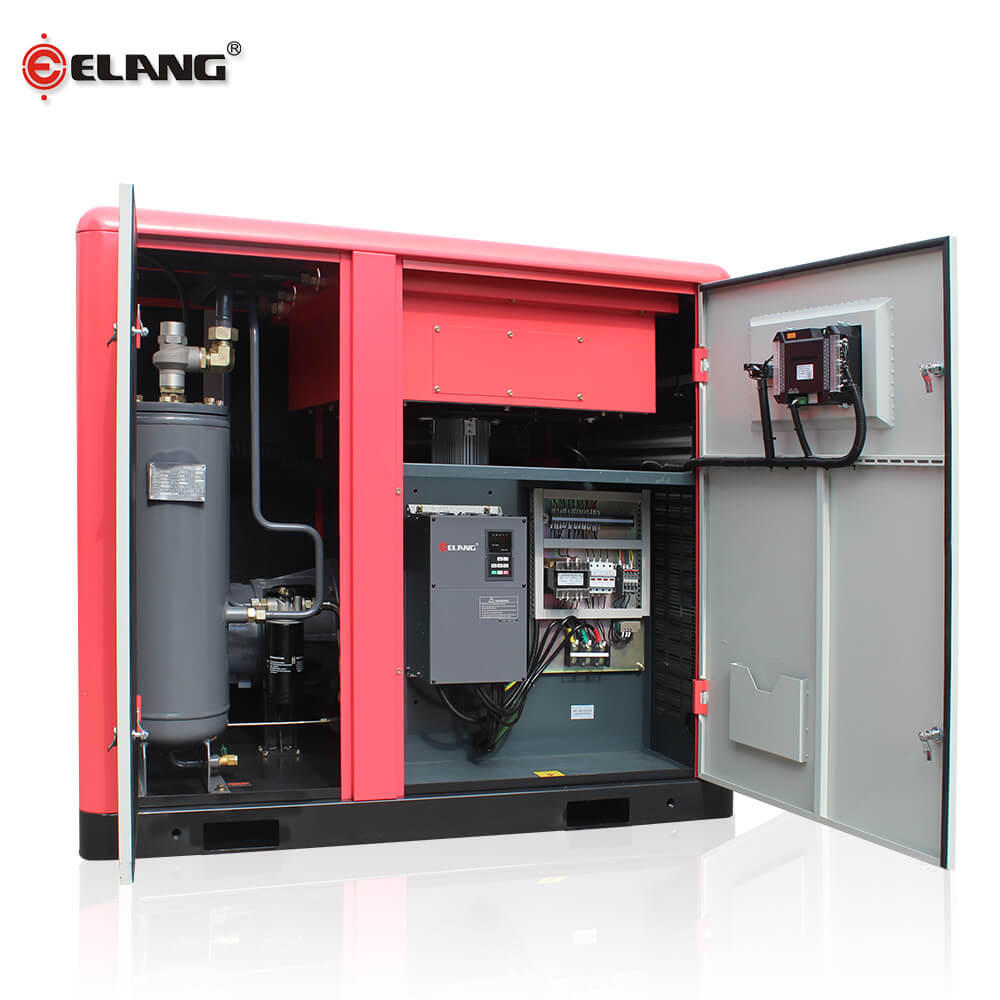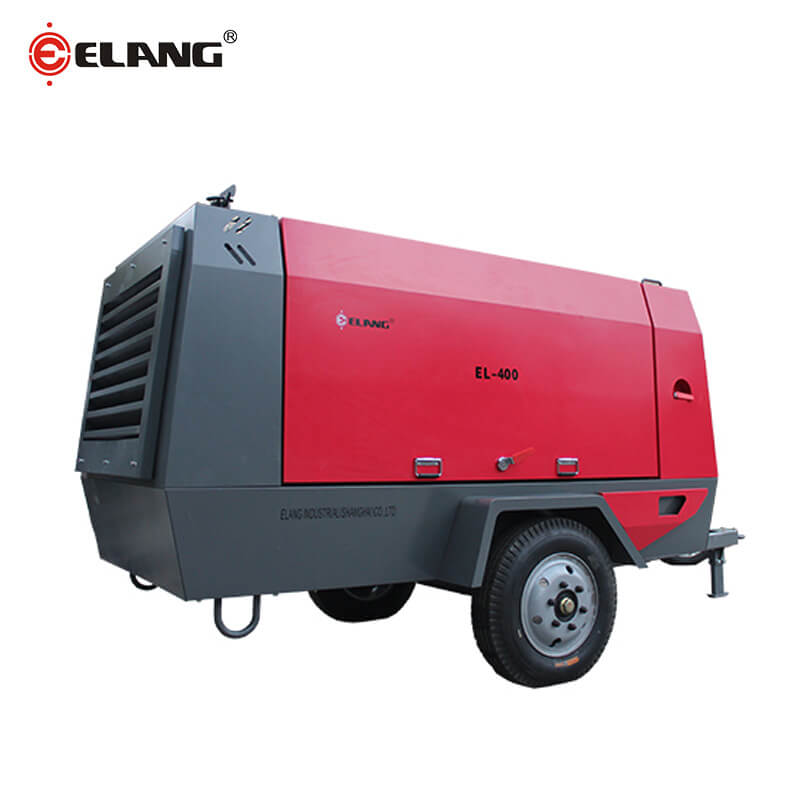-
Working pressure: 7~13bar 100~190psig Air delivery: 2.5~102m3/min 88~3600cfm Working power: 22~560kw 30~750hpdirect driven
-
Working pressure: 7~13bar 100~190psig Air delivery: 0.7~3.8m3/min 25~134cfm Working power: 7.5~22kw 10~30hpcombined
-
Working pressure: 6.5~13bar 95~190psig Air delivery: 0.5~102.0m3/min 17.7~3600cfm Working power: 5.5~560kw 7.5~750hp Frequency range: 40%~100%VSD
-
Working pressure: 6.5~13bar 95~190psig Air delivery: 0.5~102.0m3/min 17.7~3600cfm Working power: 5.5~560kw 7.5~750hp Frequency range: 40%~100%PM
-
Working pressure: 4.0~13bar 58~189psig Air delivery: 9.5~61.9m3/min 335.5~2189cfm Working power: 55~315kw 75~420hptwo-stage
-
Working pressure: 7~35bar 100~508psig Air delivery: 5.0~37.0m3/min 177~1310cfm Working power: 37~447kw 50~600hpportable

Common Faults and Their Prevention of Air Compressor Inlet Valve
The compressor inlet valve is an accessory that can maintain a stable pressure in the pipe without a vent pipe. When we usually use the compressor inlet valve, we often encounter some problems, and some malfunctions will also occur. So how do these malfunctions occur? How to prevent it?
1. First of all, from the analysis of the maintenance situation, the failure rate of the inlet valve is relatively high, and during the process of disassembly and inspection, it is found that the valve air passage, valve seat and valve chamber are more fluid, and the valve is replaced frequently. Valve leakage are mainly caused by mechanical damage, excessive wear and medium corrosion of valve parts. Among them, the most vulnerable are the valve plates and springs. The leakage of the inlet valve will reduce the compressor's displacement and affect the compressor's interstage pressure and temperature. The performance of valve leakage has two kinds of external leakage and internal leakage.
(1)External leakage: The bolts of the valve cover of the suction and exhaust valve and the cylinder are not fastened, and the bolts are too tight to cause the leakage of the suction and exhaust valve; in addition, damage, failure or incorrect gaskets will also cause the leakage of the inlet valve. Although external leakage will not have much impact on the compressor displacement, propane is a flammable, explosive and toxic medium, which will cause great harm to the health of operators and the environment. This situation is generally caused by the low technical level or carelessness of the maintenance personnel. The installation quality of the valve is poor. After the test operation, the leakage of the valve is found; when such leakage occurs, the valve can only be shut down and relieved. Rework after replacement, causing certain economic losses; external leakage can generally be avoided during the valve installation process.
(2)Internal leakage: There are two reasons for the internal leakage of the inlet valve: on the one hand, the sealing gasket between the valve and the cylinder is damaged, invalid or incorrect, causing leakage between the air chamber and the cylinder, resulting in insufficient displacement; On the one hand, the valve plate action of the air valve cannot be effectively in place, causing leakage. The reasons why the valve plate can not be in place are:
- ● Metal fragments or other debris fall between the valve seat and the valve plate, and the closing is not tight, resulting in air leakage;
- ● The valve seat is not in tight contact with the valve plate, causing air leakage;
- ● The spring design of the inlet valve is inappropriate. If the elastic force is too strong, the opening will be slow when inhaling, and if the elastic force is too weak, it will not close in time when the inhalation ends;
- ● The inlet valve spring is broken, and the phenomenon of lax and untimely closing will also occur during compression;
- ● The valve seat and valve plate are worn and the sealing is not tight, resulting in air leakage;
- ● The suction opening height is not enough, the gas flow rate increases, and the resistance increases;
- ● The spring is stuck or tilted, so that the valve plate is not closed tightly.
2. The fatigue damage of the valve plate causes the air valve leakage failure. The valve plate is usually made into a sheet shape and is a part that alternately opens and closes the valve seat passage.
The study found that the damage of the valve is caused by the two main loads that the valve plate bears during work:
The uniformly distributed load caused by the pressure difference on both sides of the valve plate, and this load, with the cyclical change of the pressure in the cylinder, produces a pulsating cyclic alternating load, which causes the valve plate to produce bending fatigue damage and produce circumferential cracks;
The impact load generated when the valve plate collides with the lift limiter and the valve seat. Due to the continuous operation of the compressor, this impact is repeated continuously, causing the valve plate to bend and deform, and directly form radial fracture damage from the outer edge. Moreover, the impact force is related to the mass and movement speed of the valve plate.
About Elang:
Product Recommendation:
Company News:
-
Wating to meet you in HANNOVER
Date: Apr 4, 2019
-
Why choose us
Date: Apr 19, 2019
-
Global Recruitment Agency
Date: Jul 19, 2019
-
PTC Asia Invitation
Date: Jul 25, 2019
-
How to Choose the Location of the Air Compressor Room?
Date: Aug 19, 2019
-
How to Arrange an Air Compressor Room?
Date: Sep 4, 2019
-
What are The Precautions for The Connecting Pipe of The Air Compressor?
Date: Sep 16, 2019
-
What are The Requirements for Water-Cooling Air Compressors?
Date: Oct 15, 2019
-
How to Ventilate the Air Compressor Room?
Date: Oct 29, 2019
-
What are The precautions for Installing The Main Circuit Cable of The Air Compressor?
Date: Nov 27, 2019
-
Analysis of Gumming and Carbon Deposit in Screw Air Compressor
Date: Dec 9, 2019
-
Advantages of Elang Oil Free Screw Air Compressor
Date: Dec 16, 2019
-
14 Tips for Compressor Operation
Date: Feb 14, 2020
-
ELANG 200kw Two-stage PM VSD Compressor Loading Flat Rack Container
Date: Mar 3, 2020
-
Why does Two-stage Screw Air Compressor Energy Saving?
Date: May 19, 2020
-
Elang Oil-free Air Compressor for Korean Instant Noodle Factory
Date: May 27, 2020
-
30m3/min 25bar Diesel Portable Compressor Delivery
Date: Jun 1, 2020








